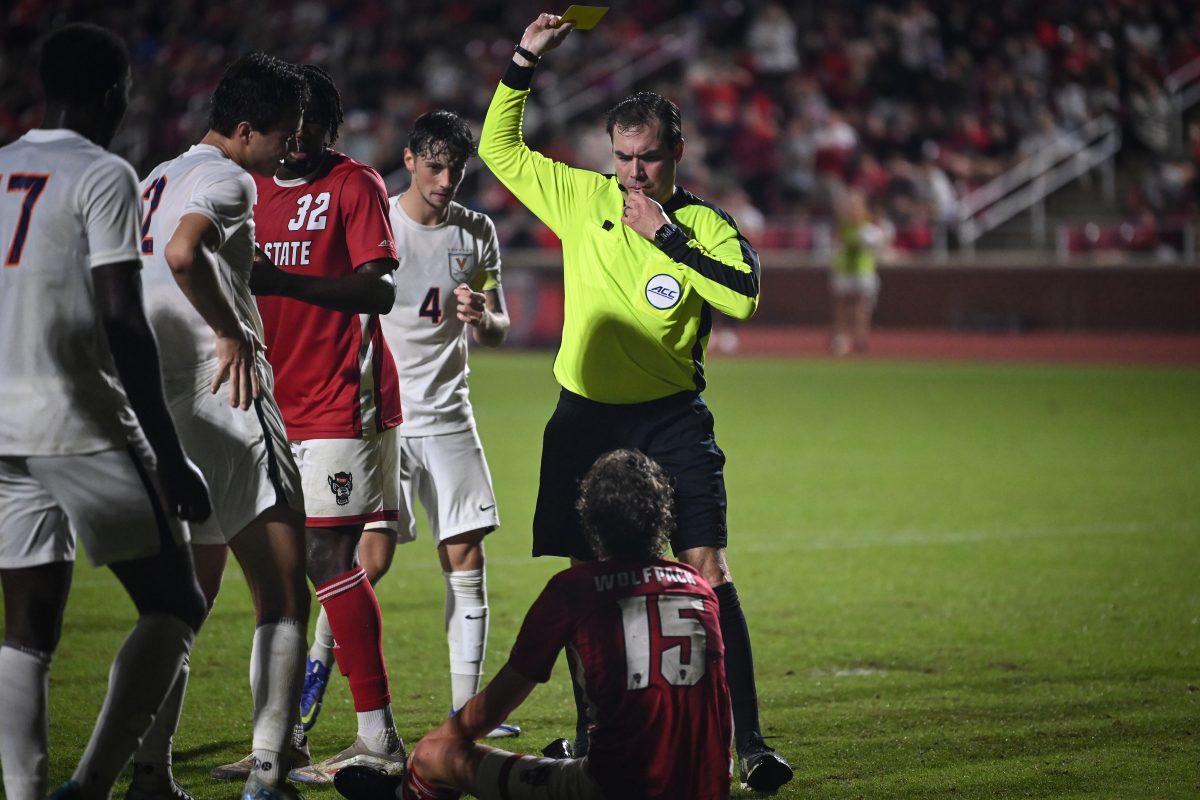Formed in 1985, the U.S. Women’s National soccer team has already raked in a wealth of accolades. During its 31-year span, the team has been crowned World Cup Champion on three separate occasions: 1991, 1999 and 2015, and has won gold in last three Olympic competitions.
However, despite an abundance of achievements, a large disparity in salary between U.S. women and U.S. men’s soccer players remains. Members of the women’s team take home a salary that’s roughly one quarter that of the men’s national team.
The U.S. Soccer Federation distributes its pay based on World Cup matches, World Cup qualifiers and International Friendly games contested. Yet, on average over the most recent World Cups, the U.S. women’s squad earned only 44 percent of what their male counterparts did.
Despite dating back to the late 1800s, the U.S. men’s national team has never won a World Cup or Olympic gold medal. The team’s highest World Cup result was a third-place finish in 1930. At the time, the competition only featured 13 teams as opposed to 32 today.
While some raise the point that the men’s World Cup tournament is a more demanding competition because it features a field of 32 teams instead of 24, this isn’t a truly relevant factor.
It can be argued that the men’s team has had more opportunities to earn a World Cup title as well. Due mostly in part to its longer history, the men’s program has made 10 World Cup appearances as opposed to seven by the women.
When tallying the number of failed World Cup qualifications by the men’s side, the number is significantly greater than that of the women’s squad. The women have participated in every World Cup tournament since its inception.
The U.S. women’s team rarely has to compete with popular sports like American football when it comes to attracting potential American soccer stars. But there are factors that work against the successful development of players to join the national team.
In addition to having far less history in the international soccer world, the women also have a shorter history of domestic club soccer as well. While Major League Soccer celebrates two decades of developing young male soccer prodigies, the current National Women’s Soccer League is only in its fourth season of existence.
Serving as a successor to the Professional Women’s Soccer League, the NWSL features a small field of 10 teams. On the other side, Major League Soccer (the professional men’s league in the U.S.) boasts twice as many franchises and is looking to expand to 24 teams by 2020.
To further compound the issue, the women’s team frequently plays many of its games on artificial turf, a surface notorious for producing cuts and “turf burns” on the bodies of players. The men’s team hasn’t competed on a turf field since early 2014, while the women played 30 percent of its matches on turf in that time span.
Even though the U.S. men’s team averages higher attendance at its matches — 29,751 fans versus 16,229 for the women — the women still garner as much, if not more, public support.
The 2015 Women’s World Cup final between the U.S. and Japan was the most-watched soccer
match in U.S. history with 26.7 million American viewers tuning in to watch the action. To put that number into perspective, more Americans tuned into the Women’s World Cup finale than the 2015 NBA Finals.
However, the most convincing numbers are present in the amount of revenue each program generates. During 2015, the U.S. women’s team generated over $16 million in revenue, while the men lost $2 million for U.S. Soccer as a brand. This trend is predicted to continue as well.
According to the most recent U.S. Soccer budget predictions, the women’s team is on pace to net more revenue than the men’s team this year and is projected to earn $8 million more in revenue than the men during the 2017 competition circuit.
Just like it’s logical for English Premier League players to earn more than Major League Soccer players, it only seems fair that members of the U.S. Women’s Soccer program actually earn more than their male counterparts given the disparity in revenue earned.
Lack of female representation in the U.S. Soccer administration also poses yet another large hurdle in the programs push for equality.
Hopefully the 2015 team that made the U.S. all believe will be able to at least achieve a salary that’s equal to its male counterparts.













